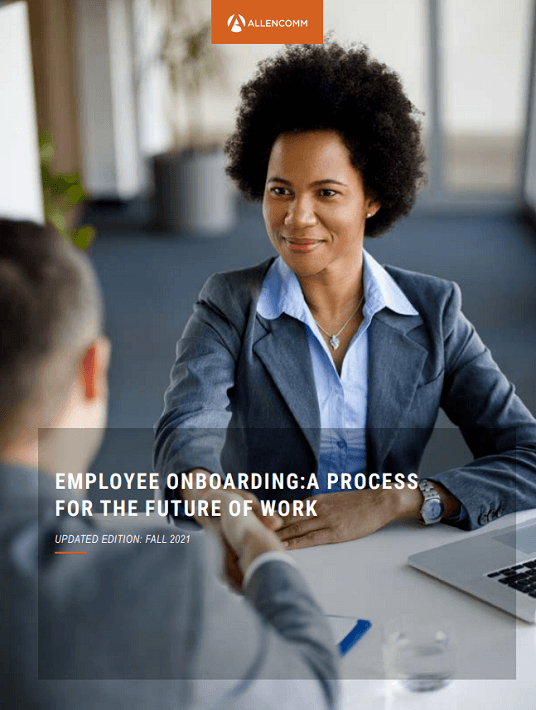Tips For Planning Employee Onboarding
When done right, employee onboarding is an incredibly impactful process that can improve retention, shorten time to competency, and increase performance. That said, you need to steer clear of the pitfalls and follow best practices to achieve the best results. Here are the top dos and don'ts when planning employee onboarding.

What To Do
Keep It Simple
New employees are already overwhelmed with their new responsibilities, company culture, and expectations. The last thing they want to do is navigate complicated operational systems and processes. According to statistics provided by relocation management software developer, UrbanBound, companies lose an average of 25% of all new hires in the first year. Of those employees, 20% leave within the first 45 days of employment. So, how can we design an employee onboarding program to reduce the burden on new hires?
One strategy is to use a phased approach to learning – what do your employees need to know at one day, one week, one month, or one year on the job? Making phased learning goals can do wonders to simplify the employee onboarding experience, taking unneeded pressure off your new hires.
Make It Modern
One way to practically guarantee failure is to hand the employee a pile of forms and manuals, start an orientation video in the break room, and then leave them to fend for themselves. When you return, you might find them fast asleep, surrounded by donut crumbs and incomplete worksheets.
A Harvard professor found that adding something as simple as a poll to learning activities can double learning gains and retention. Using eLearning tools like quizzes, simulation, video, and gamification will keep new hires excited and engaged in the onboarding process. Essentially, the adoption of these new training technologies is a form of digital transformation within the learning and development industry. Companies are more frequently using technology to make the process of learning more effective. Kentucky Fried Chicken’s Virtual Reality onboarding experience is a great example. They designed a spooky onboarding experience using the latest in graphics and interactive learning to create an immersive learning environment.
Show Your Interest
Traditional onboarding has a company focus – it’s about introducing the employee to the company, sharing the history, introducing executives, and urging employees to commit to company values. While this sort of indoctrination has been seen as a way to retain employees, it can actually create tension. Instead, emphasize the individual strengths new hires can apply to their job. Accepting the organizational culture may not be as important as making the new hire feel valued.
Wipro, an international IT and consulting company, capitalized on this notion in the socialization stage of its employee onboarding program. New hires were led through critical thinking exercises that identified items to help in their survival on a hypothetical island. Then those choices were used to reflect on their unique skills and how those skills would help them in their roles at Wipro. New hires were also given company swag with their respective names, rather than the company name, to reinforce their individuality. As a result, new hires were as much as 32% less likely to quit than those who had participated in company-focused onboarding.
What Not To Do
Don’t Forget Objectives
Any successful program is armed with knowledge and behavioral objectives for both the employee and employer, as well as a schedule for these objectives. Here are some common employee onboarding objectives:
- Employees have a clear first impression of the culture and work environment, including key elements identified by program stakeholders
- Employees meet and understand the role of HR, direct managers, and key co-workers
- Employees understand their job duties, policies, and team dynamics
- Employees develop skills that are immediately put to use with relatable job tasks and practice
As for having clear objectives, map out what employees should accomplish and understand as they go through the new-hire training.
Don’t Forget Who You’re Training
Employee onboarding has evolved and will continue to grow as a result of changes in technology. Lengthy formal introductions, training videos, and written tests are being replaced with a more responsive, user-driven experience. We see the need for onboarding programs designed with the learner in mind, and our learners are agile and exploratory people. It only makes sense that our learning program design should reflect that. By being as flexible as our learners, we foster better comprehension and development.
Planning More Effective Employee Onboarding
Download the eBook Employee Onboarding: A Process For The Future Of Work to launch a top-notch new hire training program that's engaging, inspiring, and employee-centered. You can also join the webinar to learn what it takes to improve your teammates' capabilities and build crucial skills.


